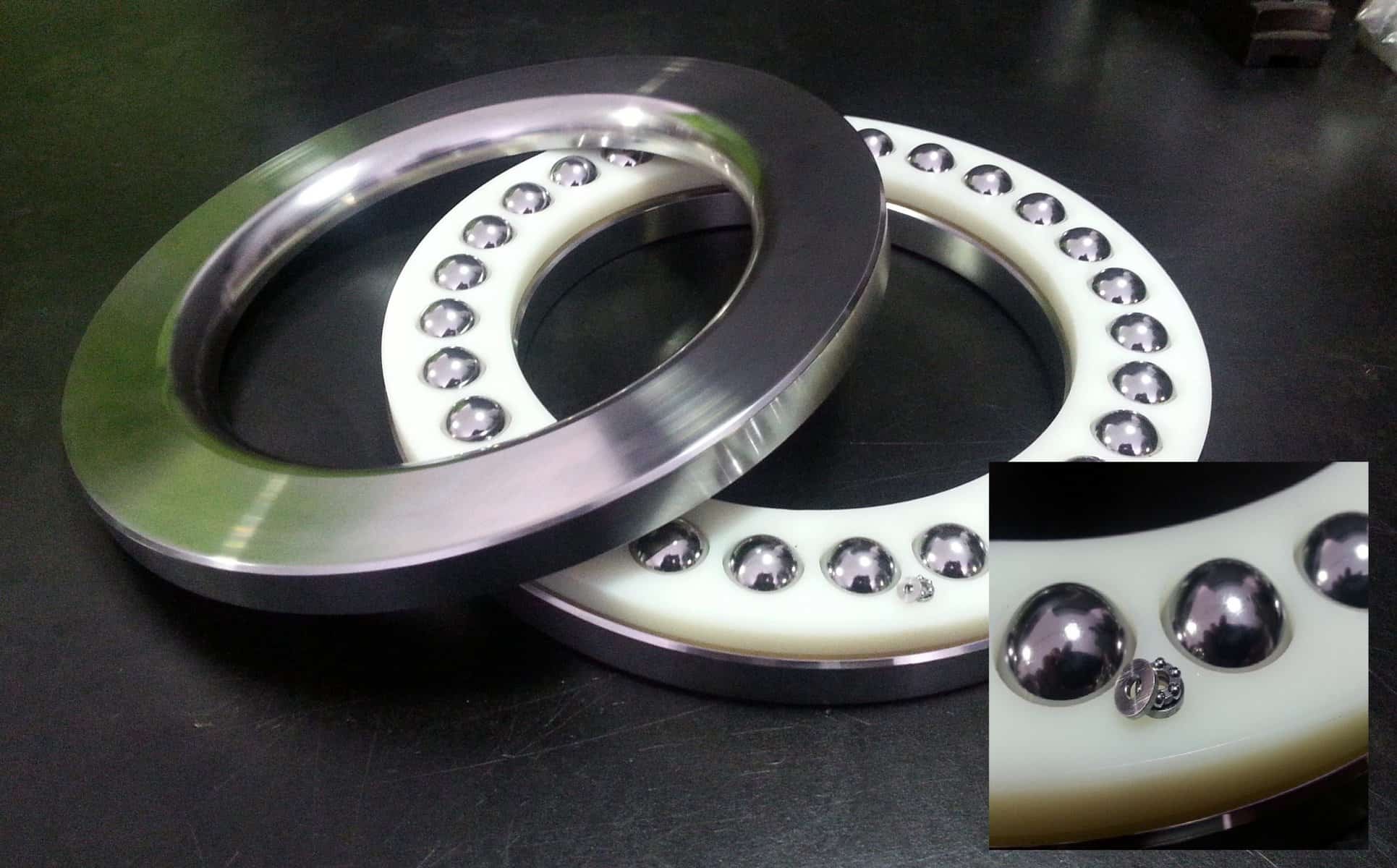Understanding Bearings Imagine world
Understanding Bearings Imagine world
Blog Article

Imagine a world where machines run smoothly without interruptions. From the hum of a factory floor to the quiet precision of a wristwatch, bearings play a crucial role in this harmony. Yet, despite their ubiquity, many people overlook the different types of bearings and their specific applications. Understanding these variations can significantly enhance machinery performance and longevity. So, what kinds of bearings should you be familiar with?
Understanding Bearings
Bearings are mechanical components that facilitate motion between two parts while minimizing friction. They come in various designs and materials, each suited for specific environments and loads. The choice of bearing can influence everything from energy efficiency to maintenance costs. Here are some key types of bearings you should know.
Ball Bearings
Ball bearings are perhaps the most recognized type. They consist of a series of balls placed between inner and outer races, allowing for smooth rotational movement. These bearings are commonly found in electric motors, bicycles, and skateboards. Their versatility and ability to handle both radial and axial loads make them a go-to choice for various applications.
Cylindrical Bearings
Cylindrical roller bearings are designed to support heavy radial loads. Unlike ball bearings, they utilize cylindrical rollers, which provide a larger contact area and better load distribution. This design makes them ideal for heavy machinery in construction and manufacturing. However, they are less effective at handling axial loads, which is a limitation to consider.
[IMAGE]
Tapered Roller Bearings
If you need to support both radial and axial loads, tapered roller bearings are worth considering. These bearings feature a conical shape that allows for greater load capacity and alignment flexibility. They are commonly used in automotive applications, such as wheel hubs, where they can handle the forces generated during cornering and braking.
Thrust Bearings
Thrust bearings are specifically designed to handle axial loads. They are commonly used in applications where there is a need to support heavy loads in one direction, such as in gearboxes and marine applications. Understanding the load requirements of your application is vital when selecting thrust bearings, as their performance can greatly impact overall system efficiency.
For a comprehensive overview of various bearing types and their specific advantages, you can refer to this informative resource: https://www.aubearing.com/bearing-types-you-should-know/. This guide can help you make informed decisions when selecting bearings for your projects.
Self-Aligning Bearings
Self-aligning bearings are unique because they can compensate for misalignment between shafts and housings. This feature is particularly valuable in applications where precise alignment is difficult to maintain, such as in conveyor systems and industrial machinery. Their ability to reduce wear and tear can lead to significant cost savings in maintenance and downtime.
Choosing the Right Bearing
Selecting the right bearing involves understanding the specific requirements of your application, including load types, speed, and environmental conditions. Factors such as temperature, moisture, and exposure to contaminants can drastically affect bearing performance. Therefore, thorough research and consultation with bearing experts can help you find the most suitable option.
To sum up, the world of bearings is diverse, with each type serving specific functions that cater to different mechanical needs. By familiarizing yourself with these types, you can enhance the efficiency and reliability of your machinery, ultimately leading to better performance and reduced operational costs.
Report this page